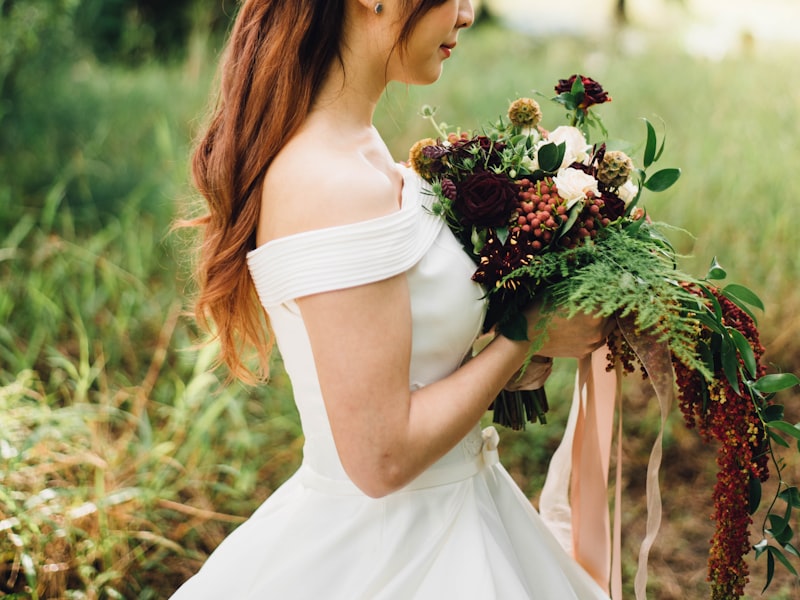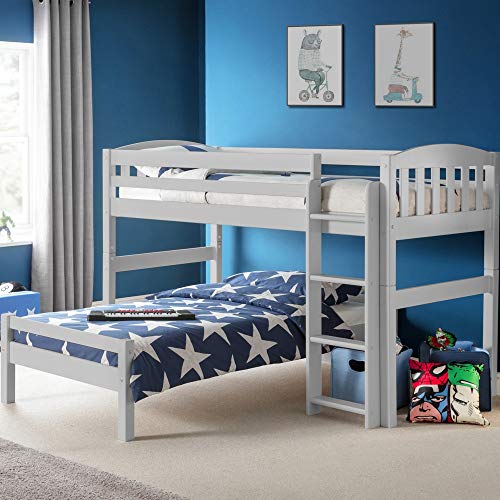Watch Out: How Bunk Bed Online Is Taking Over And What To Do About It

How to Shop Bunk Bed Furniture
Bunk beds are a great way to reduce space in your kids' room. There are many different styles available, from attached desks to staircase bunks.
It can be difficult to choose the right bunk bed for your child. It's crucial to find one that both you and your child like. It is also crucial to select the right design, style and size.
Picking the Right Bunk Bed
There are many different types of bunk beds but it's important to select the most suitable one for your child. When selecting the most suitable bunk beds for your child, you need to take into account the height of the bed and the size of the room.
The bunk bed you select should be comfortable for your child. It should be safe and has plenty of storage. It should also include a mattress that is suitable for your child's age as well as needs.
The choice of a bunk bed can be a challenge, but it's important to consider what your child's needs for it and what features they want. Consider adding a trundle to provide additional sleeping space or drawers to keep things in.
You should also take into consideration the type of material that the bunk bed is made out of. Some bunk beds are made of metal and others are made of wood. This is a great choice for your child's bedroom but it may not be as sturdy.
Bunk beds can be adorned to match the persona of your child. Giving your child their own space will help them feel more comfortable in their room and allow them a chance to express their individuality.
When you're planning a new home or updating an existing one the bunk bed is a practical and affordable sleeping solution for your family. It can be used as a guest bed, bedroom for your child, or even in a vacation home.
Stairs and Ladders
Bunk beds come in a wide range of styles, shapes and configurations. It is essential to select the right bunk bed for your personal style and lifestyle, as well as your child's needs.
You might want to think about a full-over-full bed with stairs that double as storage. These types of beds are more fashionable and can save you a considerable amount of space.
Stairs are more likely to be safer than ladders, particularly for children younger than. They have wider steps and a strong rail that encircles your child as they climb. There are also grooves that ensure that they don't slip.
A bunk bed with steps is an efficient option that is safe and secure for your kids. It can also be arranged in a variety of styles and helps reduce space.
If you opt for bunk beds that have the ladder, make sure the ladder's rungs aren't too narrow. You could also add an upholstered ladder to make it more comfortable for your child.
Ladders can be a bit easier to climb for young children however, they can be more difficult to climb for older ones. They're also more expensive than stairs, which is why it's crucial to determine if you're willing to invest the money to buy a ladder.
Once the bunk bed is built and erected, instruct your child on how to use it safely. When climbing, it is important to use both hands and face the ladder or stairs. It's also important to supervise your child as they use the bunk bed.
Age of the Child
The age of your child is an important aspect to consider when choosing a bunk bed. Children grow up quickly and you should consider their safety, happiness, as well as sleeping habits when making choices on whether to buy bunk beds or not.
In general it is recommended that children are at least six years old age to sleep on the top bunk. This is because they are more likely to be able to climb up and down the ladder or be able to sleep on the mattress during the night.
It is important to consider the level of maturity of your child and their ability to handle heights. If your child is frightened to be placed on a higher bunk, you might prefer a bed with a lower level.

Also, consider the amount of floor space available in your bedroom. Find the ceiling measurements and make sure that the bottom and top bunks will fit properly. You must leave at least 30 inches (2.5 feet), or at least 2.5 feet between the ceiling and the bed to ensure that your child doesn't hit their head against the roof or top bunk when they sit up.
It is also recommended to look for bunk beds that include additional safety features. For instance, many bunk beds have guard rails at the sides to prevent children from falling off the top bunk or becoming stuck in the bottom.
Floor Space
Bunk beds are an excellent way to save space, regardless of whether you have a child or two. They give kids more space to move around in their bedroom and allow them to have a desk, play area, or any other furniture.
Bunk beds are available in a variety of configurations. Certain designs are designed to accommodate guests, while others feature a desk and storage underneath.
If you want to save space on your floor, consider a bunk bed which fits horizontally instead of vertically. This might not be feasible but it's a good place to start your search.
It is also important to consider the height of your ceiling when choosing the ideal bunk bed. The typical ceiling height is between 8 9 and 8. You can also find loft and bunk beds with lower heights that can work in smaller spaces.
You should consider the features of the bunk bed and how they be incorporated into your bedroom. You will want to ensure that the top bunk is fitted with a ladder and rails, while the bottom bunk comes with drawers under the bed. You'll need to consider what your child's needs are for the beds. Will they sleep in the top bunk the majority of the time, or do they require a desk that has storage underneath the bed?
Style
Bunk beds come in different designs and can be adapted to fit the bedroom of your child. They are also an excellent option to free up the floor space in your child's room, especially if you are short on space.
There are a variety of bunk beds available in a range of styles, from basic models to loft beds that have desks. If triple sleeper bunk bed need more storage space, you can choose bunk beds that are built-in drawers or bookcases.
The best bunk beds are built using solid wood, a sturdy frame and comfy mattresses. The most suitable mattresses for bunk beds are are 5 to 6 inches thick. This will allow the guard rails that are above the mattress to be seen thus increasing the safety.
When purchasing bunk beds, you should look for safety features like the guardrail frame attached to the upper bed. This will stop your child from slipping out of bed during sleep.
Some bunk beds also have a short ladder that attaches to the upper and lower rails. This type of ladder lets your child access to drawers beneath the bed and can trundle without getting blocking their path.
You can also select from a wide variety of mattresses to make sure your child gets the comfort and support they need. There are numerous options on the market. You can choose from latex or hybrid foam. You can also buy bunk beds that have slides to provide your child with a memorable experience when they awake.
Safety
A bunk bed is an exciting and fun addition to any bedroom, but it's important to think about safety when buying one. The safety features of bunk beds, such as guard rails and a ladder will help prevent injuries and accidents resulting from falling, entrapment or structural failure.
The most important of these elements is a guardrail which should be fixed to all four sides of the bunk above. This barrier helps to keep children from falling off of the top bunk, and injuring themselves.
The space between the guardrails and the sides of the bed should not be greater than 3 1/2 inches wide. This will prevent your child from rolling underneath the bed when they are sleeping.
To prevent your child from rolling off the bed, you must be sure that the guardrails on the bed are at a minimum 16cm higher than the mattress. Also, the mattresses on the lower and upper bunk should be snugly positioned against all four sides of the bed and should be not deeper than 15cm.
If you are looking for bunk beds, make sure that they are in line with the strict guidelines of your country's safety department. These rules are applicable to all aspects of bunk bed design and construction - with a special focus on gaps and spaces, which can be easy for children's heads, arms and legs to be trapped in.
